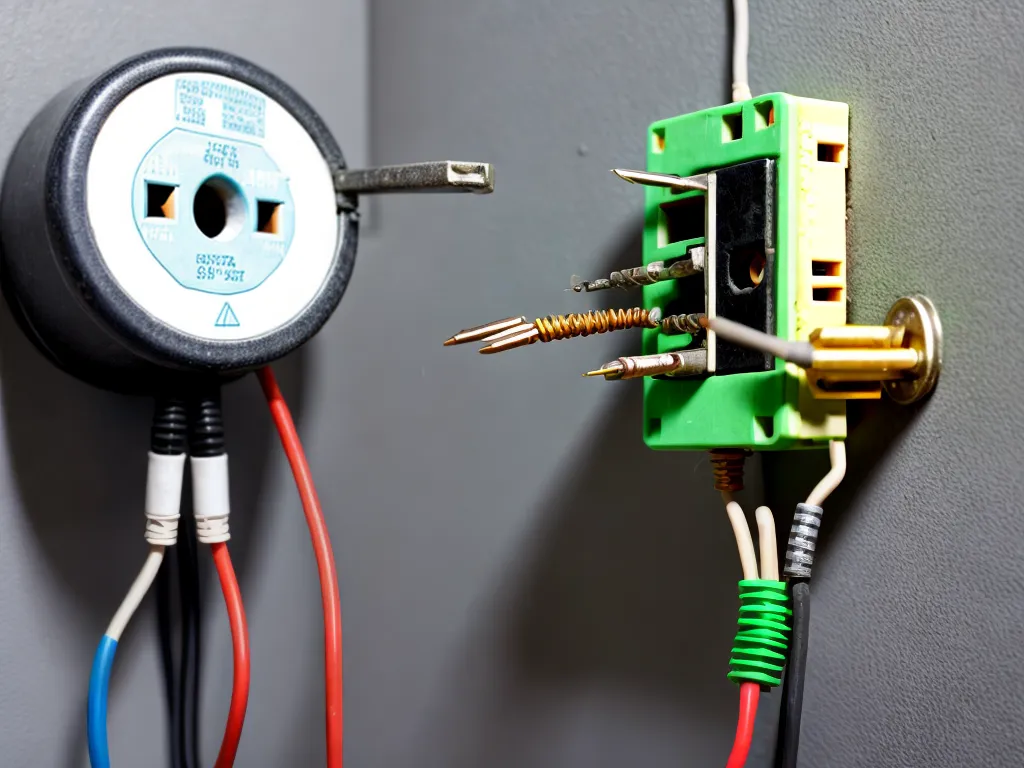
Introduction
Wiring a home without access to electricity can seem daunting, but with some planning and alternative energy sources, it is possible. There are a few key steps I needed to take to successfully wire my off-grid home.
Assess Your Energy Needs
The first step is to assess how much electricity you will need. Consider what appliances and devices you want to power. Make a list of everything you hope to run on electricity.
Some important questions to ask myself:
- How many lights will I need to install?
- Will I have a refrigerator and stove?
- What about appliances like a washing machine or power tools?
- How much energy will I need for entertainment like TVs or computers?
To determine your electrical needs, calculate the wattage of the devices and appliances you plan to use. This will provide an estimate of your total energy requirements.
Choose an Alternative Energy Source
Since my home was off-grid, I needed to select an alternative energy source for generating electricity. Here are some of the most common options:
Solar Panels
- Converts sunlight into direct current (DC) electricity
- Requires batteries for energy storage
- Ideal for homes with abundant sunshine
Wind Turbines
- Converts kinetic energy from wind into alternating current (AC) electricity
- Can be connected directly to appliances or fed into batteries
- Best for consistently windy locations
Micro-Hydro System
- Harnesses energy from flowing water to produce AC electricity
- Needs fast-flowing stream or river on your property
- Provides constant source of electricity
I compared the options and chose solar panels as my alternative energy source due to my region's sunny climate.
Size Your System Correctly
Once I chose solar panels, it was crucial to size my solar system appropriately. Undersizing it would lead to power shortages, while oversizing would be an unnecessary expense.
To size my system, I calculated my total daily electricity needs. Then I factored in solar panel efficiency, sunlight hours, and days without sun. This provided the minimum solar array size for my needs. As a rule of thumb, I chose a system 20-30% larger than my minimum to allow for future growth.
Some key sizing considerations:
- Wattage needs
- Average daily/annual sunlight in your area
- Peak power demands
- Future electricity demands
- Battery backup needs
Install Wiring and Components
With my energy source determined, I could move onto the installation phase. This involved:
Mounting the Solar Panels
First I needed to install mounting equipment for my solar panels. I chose a ground-based racking system which was easy to install myself. Proper panel orientation was key - facing south in the northern hemisphere for maximum exposure.
Setting Up the Charge Controller
Next I wired the solar array to a charge controller. This regulates the voltage and current from the panels to safely charge the batteries. I selected a MPPT controller to maximize energy harvest from the panels.
Connecting the Batteries
I also had to link the charge controller to my battery bank. These deep cycle batteries store the energy produced by the solar array. I used 12V batteries and wired 8 together for my battery bank. Proper ventilation was critical for safety and performance.
Running the Electrical Wiring
Finally, I installed the necessary AC and DC wiring to connect all the electrical components. I used a DC disconnect and inverter for linking the battery bank to AC appliances. I also wired dedicated DC circuits for lighting, fans, outlets, and switches. Using the appropriate wire gauges for my system's voltage was vital.
Create a Maintainable System
While my DIY solar wiring system may function fine at first, I knew maintenance would be crucial for its long-term operation. Here are some tips I followed:
- Check connections regularly for corrosion and loose wires
- Monitor battery voltage - don't let it drop below 50%
- Clean dust from solar panels frequently
- Clear any obstructions that may shade panels
- Replace batteries every 5-8 years
- Tighten and inspect all terminals annually
- Update components if expanding electrical demand
With proper installation and maintenance, my DIY solar system has successfully powered my off-grid home without access to conventional electricity. Let me know if you have any other questions!